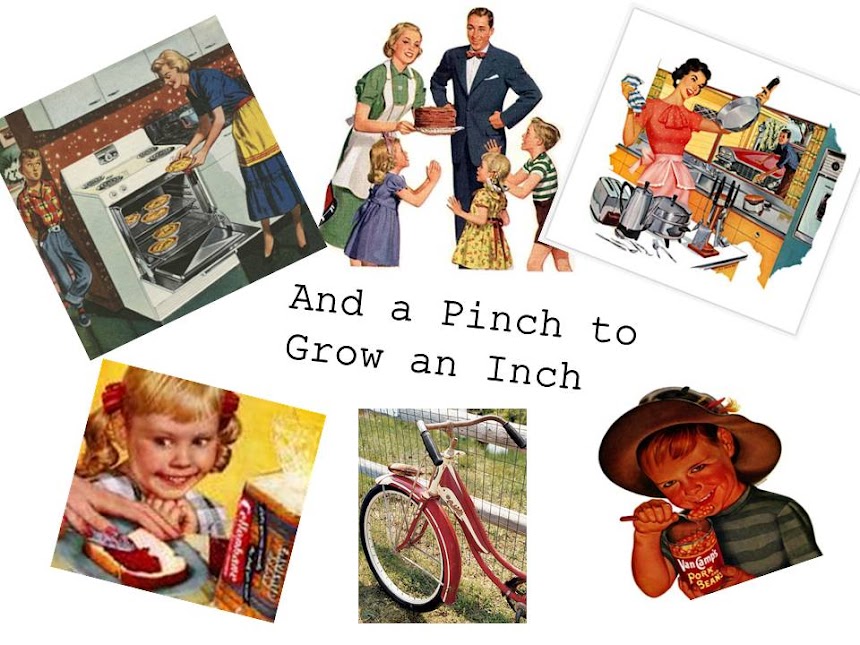
I had a friend email me about a passage in a book I had talked about months and months ago in a bible study. She wanted me to send it to her. I picked up the book to search for that passage and found myself once again lost in this magnificent piece of work by Max Lucado, "No Wonder They Call Him The Savior". READ IT! Give it as a gift to someone. It is powerful. Thank you to my friend for causing me to pick up this book again.
Below is from Chapter 25 after he reflected upon several tragedies (i.e. a woman losing her husband and son in a car wreck, a child hit and killed by a truck, parents who found their teenager after he hung himself):
The list goes on and on, doesn't it? Foggy tragedies. How they blind our vision and destroy our dreams. Forget any great hopes of reaching the world. Forget any plans of changing society. Forget aspirations of moving mountains. Forget all that. Just help me make it through the night!
The suffering of the broken heart.
Go with me for a moment to witness what was perhaps the foggiest night in history. The scene is very simple; you'll recognize it quickly. A grove of twisted olive trees. Ground cluttered with large rocks. A low stone fence. A dark, dark night.
Now, look into the picture. Look closely through the shadowy foliage. See that person? See that solitary figure? What's he doing? Flat on the ground. Face stained with dirt and tears. Fists pounding the hard earth. Eyes wide with a stupor of fear. Hair matted with salty sweat. Is that blood on his forehead?
That's Jesus. Jesus in the Garden of Gethsemane.
Maybe you've seen the classic portrait of Christ in the garden. Kneeling beside a big rock. Snow-white robe. Hands peacefully folded in prayer. A look of serenity on his face. Halo over his head. A spotlight from heaven illuminating his golden-brown hair.
Now, I'm no artist, but I can tell you one thing. The man who painted that picture didn't use the gospel of Mark as a pattern. Look what Mark wrote about that painful night:When they reached a place called Gethsemane, he said to his disciples, "Sit here while I pray." And he took Peter and James and John with him. Horror and dismay came over him, and he said to them, "my heart is ready to break with grief; stop here, and stay awake." Then he went forward a little, threw himself on the ground, and prayed that, if it were possible, this hour might pass him by. "Abba, Father," he said, "all things are possible to thee; take this cup away from me. Yet not what I will, but what thou wilt."
He came back and found them asleep; and he said to Peter, "Asleep, Simon? Were you not able to keep awake for one hour? Stay awake, all of you; and pray that you may be spared the test: the spirit is willing, but the flesh is weak." Once more he went away and prayed. On his return he found them asleep again, for their eyes were heavy; and they did not know how to answer him.
The third time he came and said to them, "Still sleeping? Still taking your ease? Enough! The hour has come. The Son of Man is betrayed to sinful men. Up, let us go forward! My betrayer is upon us."
Look at those phrases. "Horror and dismay came over him." "My heart is ready to break with grief" "He went a little forward and threw himself on the ground."
Does this look like the picture of a saintly Jesus resting in the palm of God? Hardly. Mark used black paint to describe this scene. We see an agonizing, straining, and struggling Jesus. We see a "man of sorrows." We see a man struggling with fear, wrestling with commitments, and yearning for relief.
We see Jesus in the fog of a broken heart.
The writer of Hebrews would later pen, "During the days of Jesus' life on earth, he offered up prayers and petitions with loud cries and tears to the one who could save him from death."
My, what a portrait! Jesus is in pain. Jesus is on the stage of fear. Jesus is cloaked, not in sainthood, but in humanity.
The next time the fog finds you, you might do well to remember Jesus in the garden. The next time you think that no one understands, reread the fourteenth chapter of Mark. The next time your self-pity convinces you that no one cares, pay a visit to Gethsemane. And the next time you wonder if God really perceives the pain that prevails on this dusty planet, listen to him pleading among the twisted trees. Here's my point. Seeing God like this does wonders for our own suffering. God was never more human than at this hour. God was never nearer to us than when he hurt. The Incarnation was never so fulfilled as in the garden.
As a result, time spent in the fog of pain could be God's greatest gift. It could be the hour that we finally see our Maker. If it is true that in suffering God is most like man, maybe in our suffering we can see God like never before.
The next time you are called to suffer, pay attention. It may be the closest you'll ever get to God. Watch closely. It could very well be that the hand that extends itself to lead you out of the fog is a pierced one.
Lucado, Max: "No Wonder They Call Him Savior", pages 116-118, Multnomah Publishers, Inc., 1986
